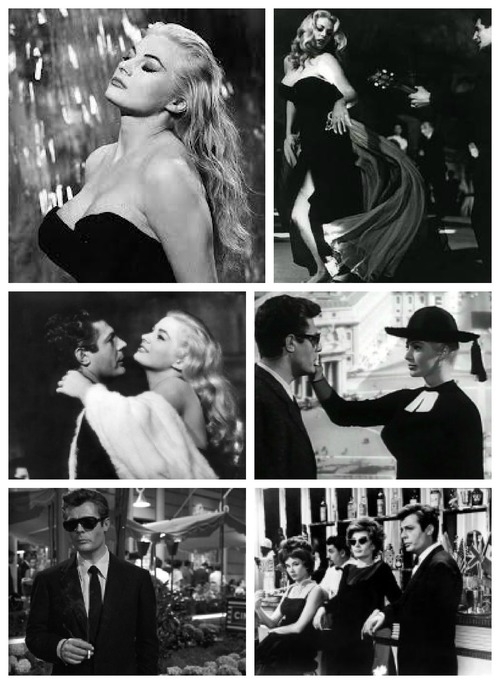
A once popular phrase and lifestyle common around Italy of the late 1950s and 1960s, la dolce vita means “the sweet life.”
This expression leaped to the forefront of the Italian lexicon following the success of the 1960 comedy-drama movie La Dolce Vita. Written and directed by Cinecittà (Cinema City, Italy’s large studio lot in Rome) icon, the late Federico Fellini, this internationally acclaimed film stars Marcello Mastroianni, Anouk Aimée and Anita Ekberg — she of the famous late-night romp in Rome’s Trevi Fountain. Who can ever forget.
Of course, la dolce vita would have been a commonplace expression – with or without Fellini’s capo lavoro (masterpiece) – around Italy prior to 1960, as the post World War II economic miracle, known as Il Boom, was well underway and giving Italians a real shot at the sweet life; but, the expression ebbed into the English lexicon on the heels of the ground-breaking, classic film.
La dolce vita is an almost legendary era of modern Italian history to foreigners. We “outsiders-looking-in” believe, still today, that the made-in-Italy sweet life is the ultimate symbol of a laid-back, relaxed lifestyle.
To us, the sweet life means taking a break from the hurries and worries of everyday life, and stopping long enough — and often enough — to smell those proverbial sunflowers.
Whether it’s in some quiet village under the Tuscan sun or out in the rolling Umbrian countryside, or meandering around quaint little streets of the Trastevere district of Rome enjoying great Italian food, drinking her fine wines, having a caffè (coffee) and basking in the Bel Paese’s realively mild climate, we’d all like to have a taste of la dolce vita.
Read More
See on thepalladiantraveler.com
via Tumblr http://italianentertainment.tumblr.com/post/43888942752
